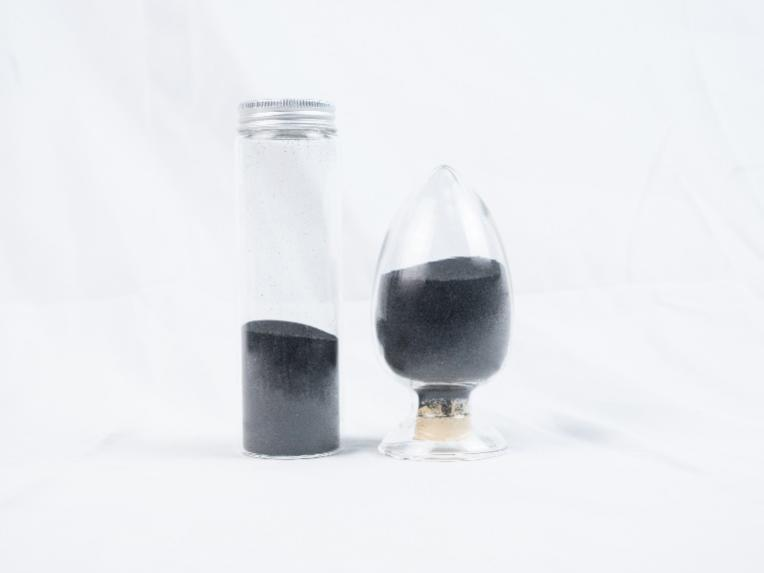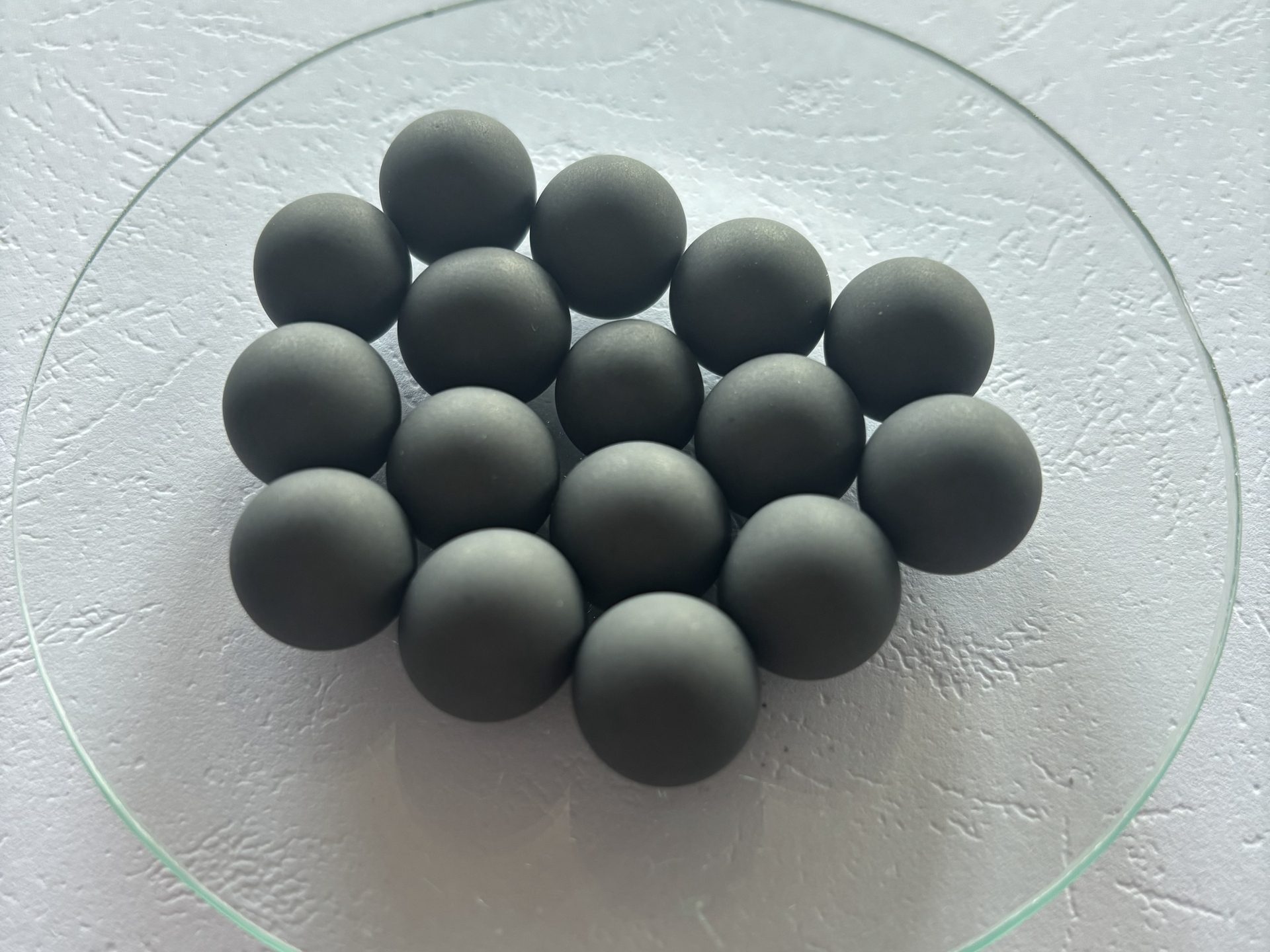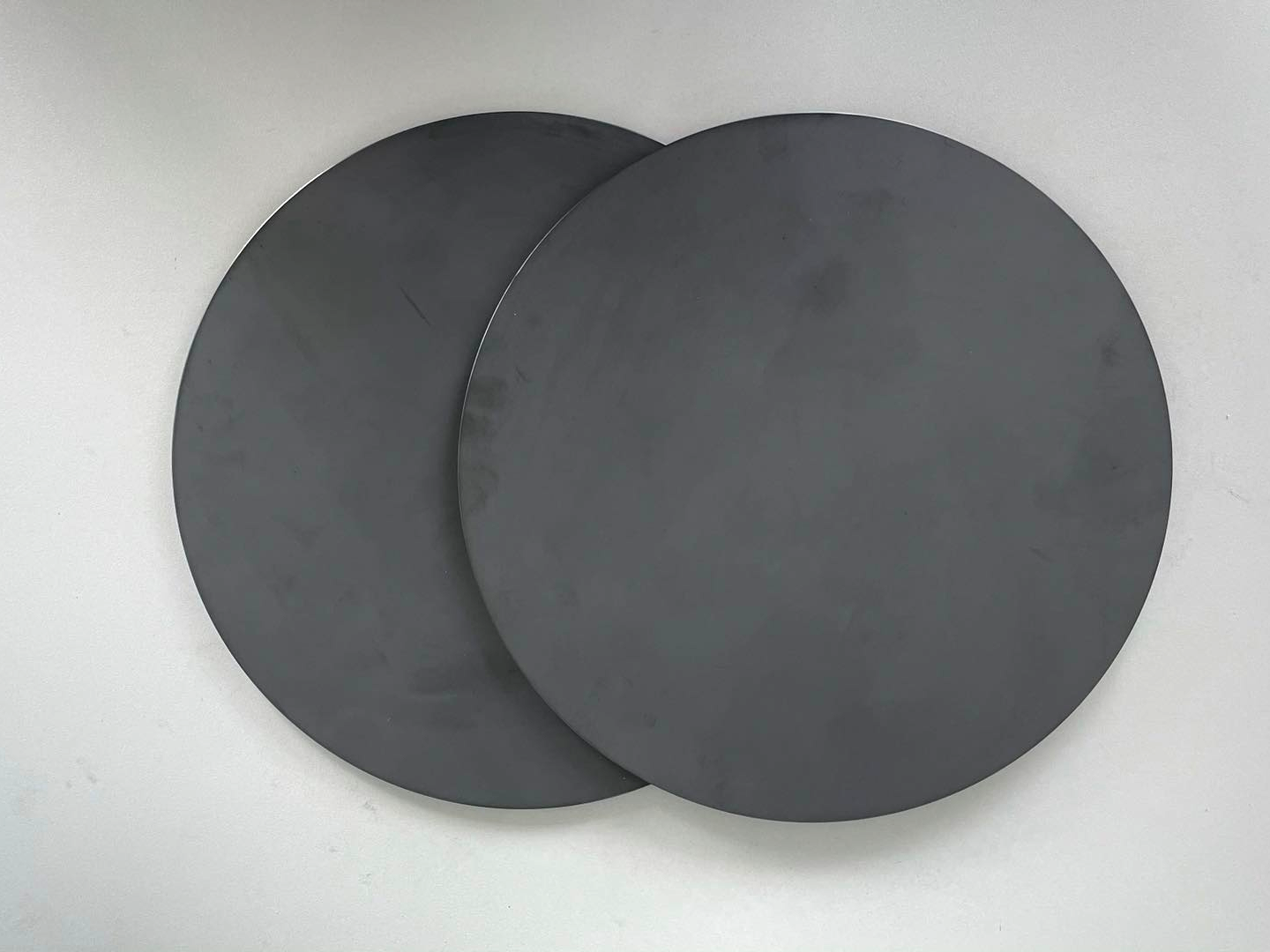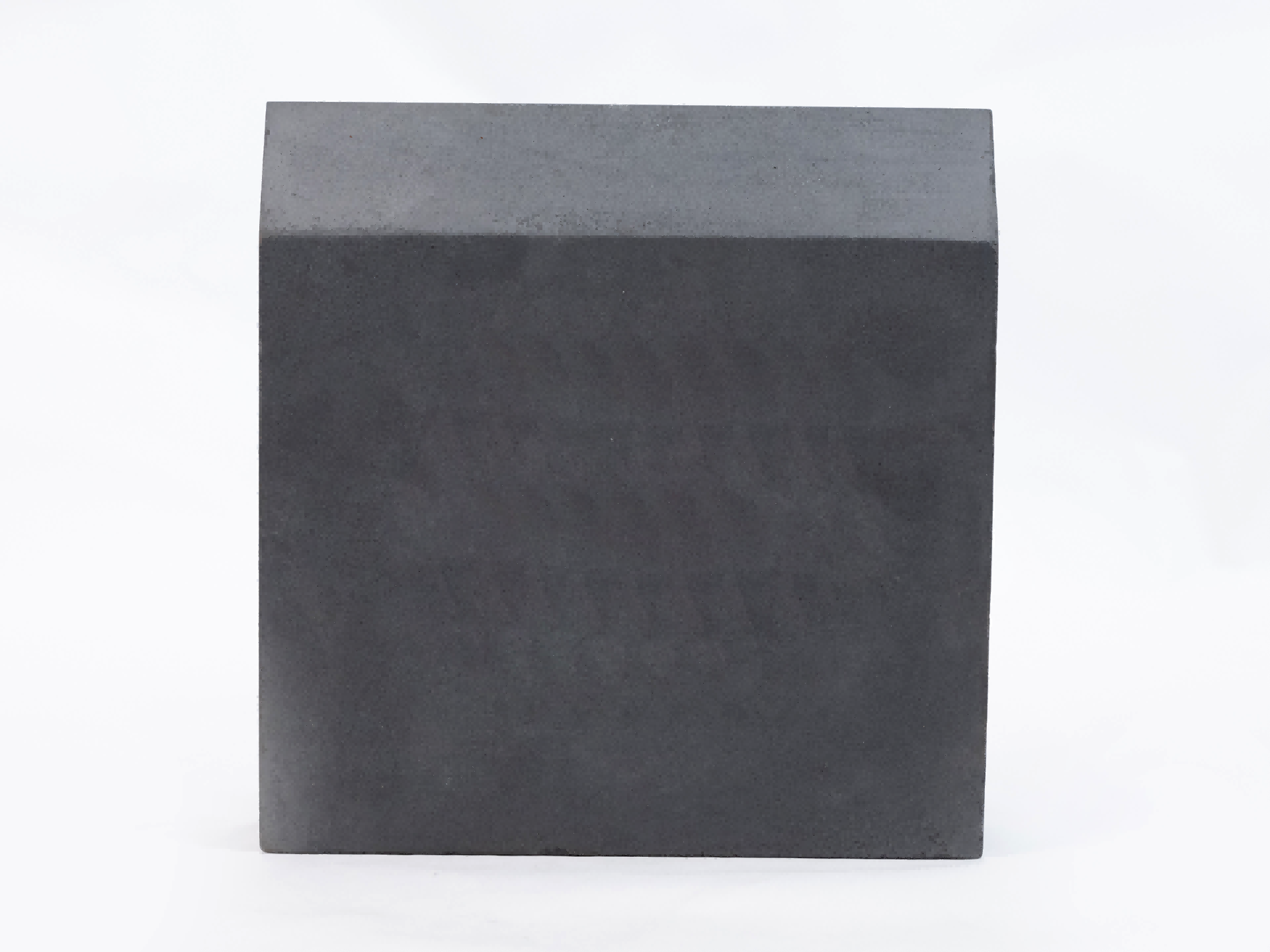High-10B Enriched Boron Carbide (B4C) for Advanced Nuclear Neutron Absorption
Introduction to High-10B Enriched B4C
In nuclear science, enriched boron carbide (B4C) containing a high concentration of boron-10 (¹⁰B) is vital for effective neutron absorption. With its high neutron capture cross-section and chemical stability, high-10B B4C is the standard material for critical safety components in advanced reactor systems, fuel transport containers, and neutron shielding assemblies. Its performance is superior in both thermal and fast neutron flux environments.
Isotopic Enrichment and Neutron Capture Performance
Natural boron consists of approximately 20% boron-10 and 80% boron-11. However, neutron shielding components require boron enriched to 85–95% ¹⁰B to effectively attenuate neutron radiation. The ¹⁰B isotope exhibits a thermal neutron absorption cross-section of about 3840 barns, making it one of the most effective absorbers per unit mass. This property enables thinner, lighter shielding with better performance, ideal for space-limited reactor cores or transport applications.
Applications of High-10B B4C in Nuclear Systems
Control Rod Materials
Control rods composed of high-10B enriched B4C are used in fast and thermal reactors to manage reactivity and maintain criticality. These rods are produced using high-density powder compression and sintering to meet ASTM C751 mechanical and dimensional standards.
Shielding in Spent Fuel and Transport Casks
Enriched B4C is embedded in dry storage casks and fuel transport systems to suppress neutron emissions from spent nuclear fuel. Our engineered B4C blocks, produced via powder compression molding, ensure consistent neutron attenuation and mechanical durability under regulatory load cases.
Neutron Collimators and Beamline Safety
High-10B B4C is also applied in collimators and neutron beamline shielding systems at research reactors. It helps define beam paths and protect sensitive instrumentation while minimizing background radiation.
Manufacturing Capabilities and Material Composition
We manufacture high-enriched B4C using certified boron-10 isotope powders. The ceramic forming processes include both ceramic injection molding and high-pressure hot pressing to achieve precise geometries and maximum density.
Key characteristics:
¹⁰B content: 90–95%
Bulk density: ≥2.45 g/cm³
Sintered porosity: <2%
Thickness range: 3–50 mm
Dimensional tolerance: ±0.02 mm
These parameters enable production of complex inserts, modular shields, and solid blocks to fit both commercial and research reactor shielding layouts.
Post-Processing and Assembly Integration
For enhanced chemical stability, enriched B4C components may receive surface treatments such as passivation, thermal barrier coatings, or encapsulation within stainless steel frames. These finishing steps increase compatibility with water-cooled reactor systems and extend operational service life.
Compliance, Testing, and Documentation
Each high-10B B4C component is delivered with:
Isotopic analysis certificate (ICP-MS)
Conformance to ASTM C750 and ANSI/ANS 6.4.2
Density and porosity test reports
Mechanical performance data (ASTM C1424)
Our factory maintains strict control over powder sourcing, blending, and sintering to ensure repeatable nuclear-grade quality.
FAQs
What is the minimum ¹⁰B enrichment level required for advanced shielding applications?
How are enriched B4C components certified for use in nuclear reactors?
Can high-10B B4C be molded into complex geometries using injection processes?
What is the effect of sintering temperature on B4C density and strength?
Are encapsulated B4C blocks required for wet reactor environments?
Keyword
high-10B boron carbide, enriched B4C neutron absorber, boron carbide shielding blocks, ASTM C750 10B materials, advanced nuclear shielding ceramics, neutron absorber injection molding, ¹⁰B B4C sintered parts, criticality control ceramic components
Meta Description
High-10B enriched boron carbide delivers advanced neutron absorption for nuclear reactors, meeting ASTM and ANSI standards with custom sintered and molded ceramic components.




